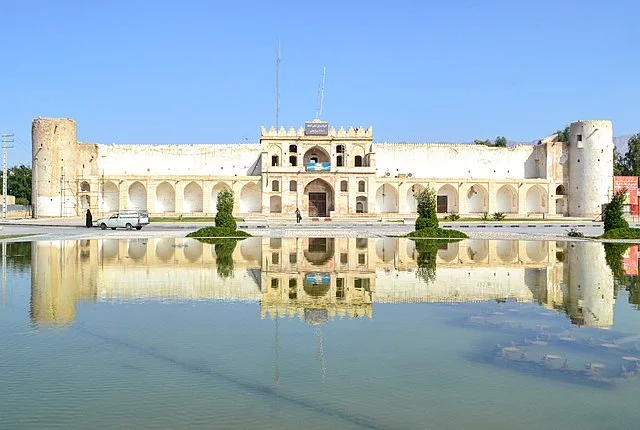Borazjan Castle is a significant historical structure located in the city of Borazjan, in Bushehr Province, Iran. It is known for its strategic position and architectural significance, reflecting the region’s historical importance in trade and military defense.
Get your dose of History via Email
Historical Background
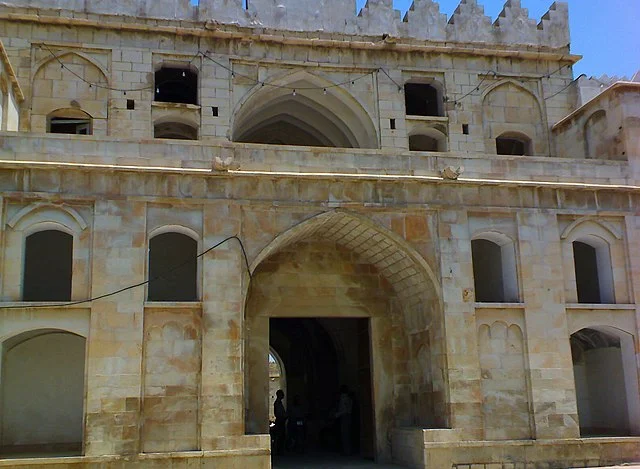
Borazjan Castle was built during the Qajar dynasty, which ruled Iran from 1789 AD to 1925 AD. This period saw extensive construction of forts and castles to protect vital trade routes and secure local authority. The castle’s primary function was to serve as a military base and administrative center, overseeing the surrounding areas.
Architectural Features
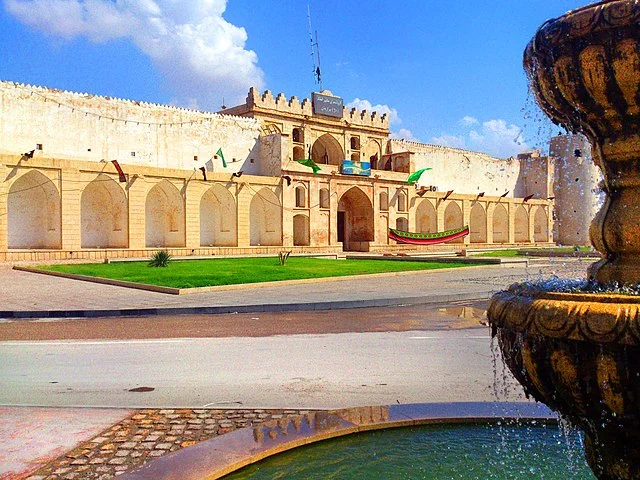
Borazjan Castle is constructed primarily of stone and brick. Its design follows a traditional Persian architectural style, with high walls and towers for defense. The castle’s size and layout reflect its dual purpose as both a fortification and a residence for officials. The structure includes multiple rooms, storage areas, and courtyards, indicating that it could support a large number of inhabitants during times of siege.
One of the unique features of the castle is its thick, towering walls, designed to withstand attacks. These defensive elements were crucial for protecting the castle from invaders during times of conflict.
Strategic Importance
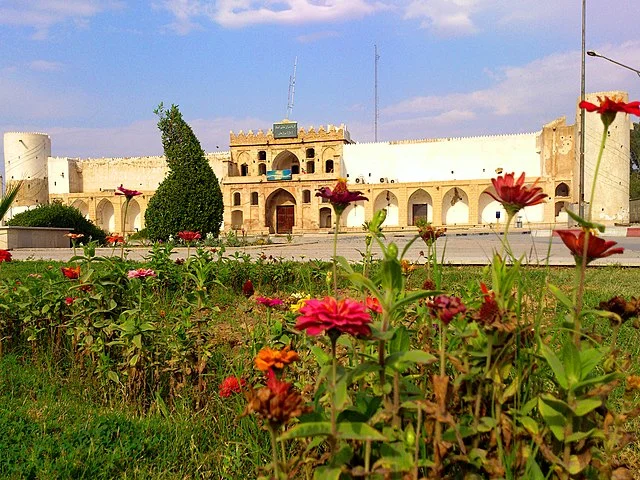
Borazjan’s location along key trade routes added to the castle’s strategic value. The city was a critical point for caravans traveling between the Persian Gulf and the interior of Iran. Controlling the castle meant controlling trade and military movements in the region, making it a valuable asset for the ruling powers.
Additionally, the castle’s proximity to the Persian Gulf gave it access to maritime trade routes. This connection further boosted its economic and strategic significance during the Qajar period.
Decline and Preservation
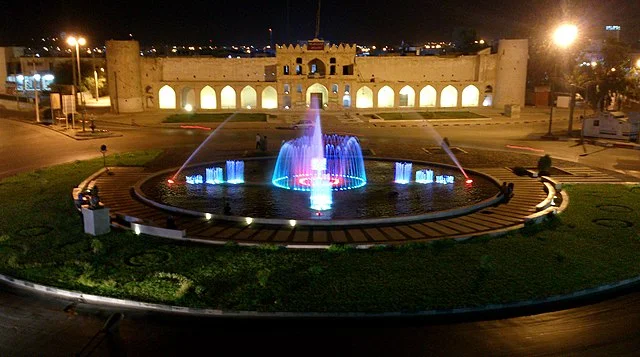
With the fall of the Qajar dynasty in 1925 AD and the rise of modern Iran, Borazjan Castle lost its military significance. However, it remained an important cultural landmark. Over time, neglect and natural wear led to the deterioration of parts of the structure. Preservation efforts have been initiated in recent years to protect the castle, highlighting its importance as a symbol of Iran’s historical and architectural heritage.
Despite the challenges, Borazjan Castle continues to stand as a testament to the strategic and architectural prowess of the Qajar era. It attracts historians and archaeologists interested in studying Iran’s military and political history.
Conclusion
Borazjan Castle serves as an essential part of Iran’s historical and architectural landscape. Built during the Qajar period, it played a crucial role in protecting trade routes and asserting political authority. Its unique architecture and strategic location make it a valuable site for further historical research and preservation efforts.
Source:

